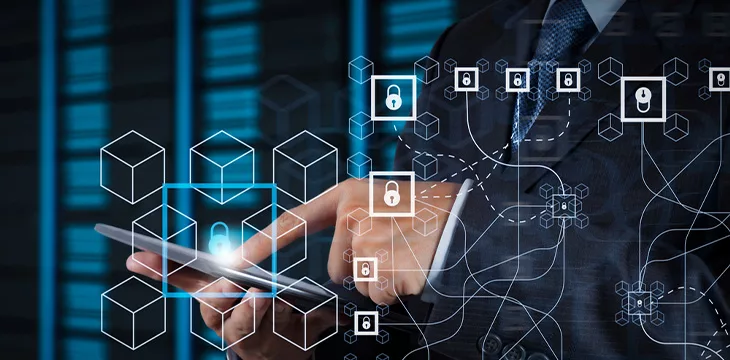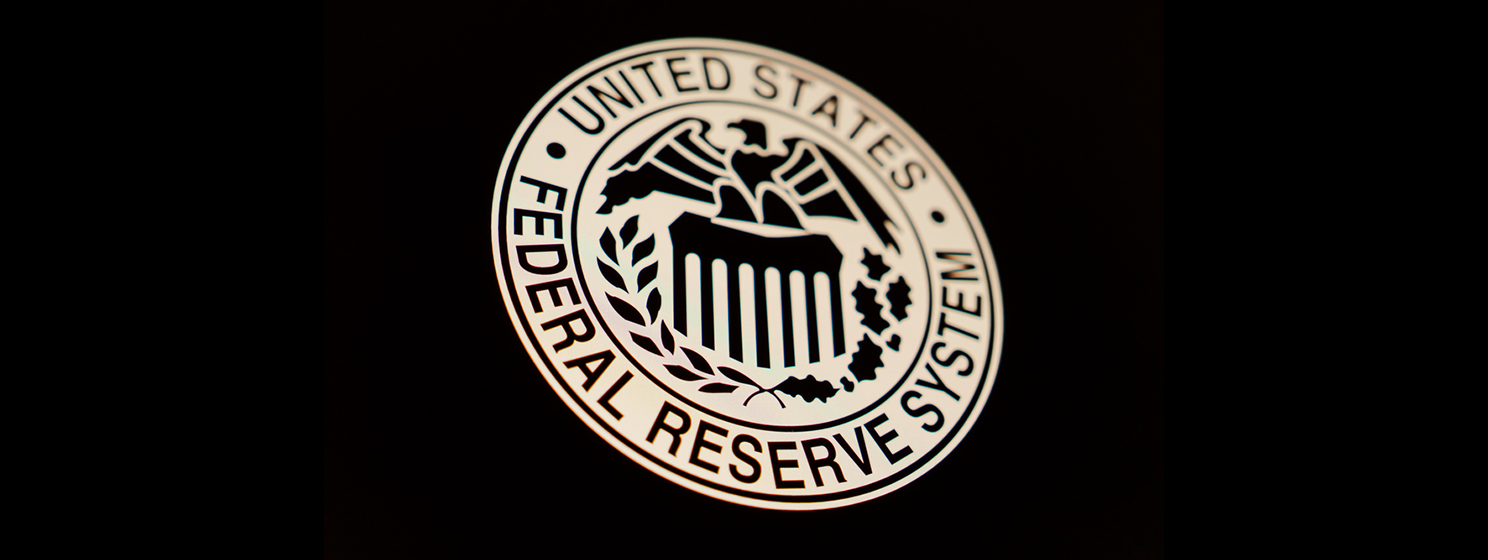
|
Getting your Trinity Audio player ready...
|
The Hong Kong Monetary Authority (HKMA) recently provided banks with guidance on using blockchain technology.
While it provided risk assessment topics for consideration, the HKMA emphasized the need to consider each solution individually. It said banks must take steps to mitigate the risks
associated with using public blockchains.
Among the risks highlighted, the untrustworthiness of pseudonymous validators was central. While it did not rule out the use of blockchains with such validators, it said banks using them must take steps to mitigate the risks.
Other potential risks identified include malicious actors’ access to sensitive information, network forks, 51% attacks, network congestion, and temporary or permanent network failure.
The HKMA noted zero-knowledge proofs (ZKPs) could be one way to mitigate the risk of malicious actors gaining access to sensitive information. Another way would be to store it on off-chain solutions such as Overlay Networks.
Opinion: The original Bitcoin protocol mitigates these risks
While reading the HKMA guidance, I noticed that many of the perceived risks associated with using public blockchains are linked to the poor design and architecture of many popular solutions available today.
Ironically, the original Bitcoin protocol was designed to handle monetary transfers of the type the HKMA is concerned with, and it was designed to mitigate many of the risks it has identified.
For example, there are no pseudonymous validators on the BSV network. As a proof-of-work blockchain, all nodes are identifiable, so any breach of trust would put them in legal hot water. Satoshi Nakamoto designed the network this way to mitigate such risks, stating that he believed nodes would professionalize and end up in data centers.
The original Bitcoin also does not fork and is not vulnerable to 51% attacks. As long as honest nodes can communicate, they can coordinate to orphan the attacker’s blocks, ensuring the blockchain doesn’t miss a beat. Likewise, network failure is not a concern as long as there is one honest node still online (e.g. TAAL or GorillaPool).
As for network congestion, BSV can today process 100,000 transactions per second for fees in the region of 1 cent per 1,000. With the release of Teranode, this will jump to over one million transactions per second.
With Bitcoin script and most of the original opcodes restored, all types of transactions are possible on the BSV Blockchain, including those requiring data such as invoices, bills, and receipts; peer-to-peer global commerce at scale is possible on a cryptographically secure network.
It’s wonderful to see the HKMA and others correctly identify the risks of utilizing public blockchains and suggest some solutions. It’s even better to see them authorize the use of the technology, albeit with the caveat that risk management is necessary.
Hopefully, in time, global monetary authorities will realize that BSV Blockchain solves many of their problems. Until then, banks will have to bear the costs of mitigating the risks of using inferior blockchains.
Watch: Teranode & the Web3 world with edge-to-edge electronic value system
Recommended for you
Lorem ipsum odor amet, consectetuer adipiscing elit. Elit torquent maximus natoque viverra cursus maximus felis. Auctor commodo aliquet himenaeos fermentum
Lorem ipsum odor amet, consectetuer adipiscing elit. Accumsan mi at at semper libero pretium justo. Dictum parturient conubia turpis interdum

 11-10-2024
11-10-2024 


